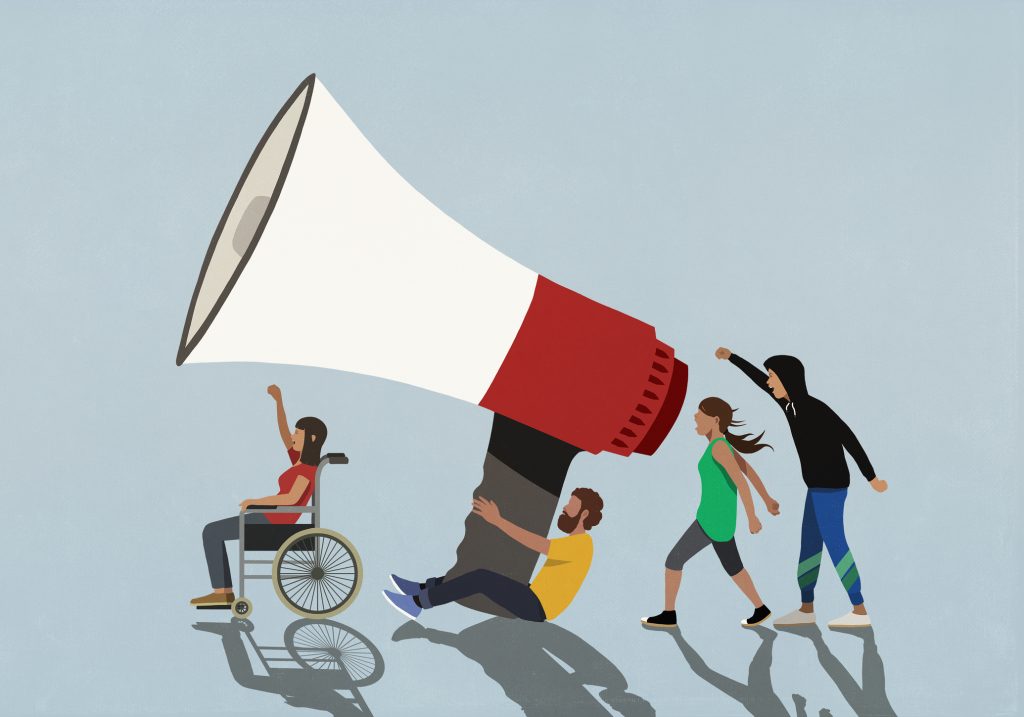In the quest for Political polarization: Bridging the gap in divided societies, the spotlight rests on the united states. The political polarization that pervades its citizenry and political institutions is a grave issue. With the advent of social media, political dialogues and discourses have taken a unique direction with both political parties propagating different political ideologies. In recent years, these divisions have extended into the daily lives of ordinary folks, creating a social rift. The danger is evident when once-upheld rights reserved to each individual are now a topic of heated debates. Instances of political violence are no longer shocking but have become part and parcel of the political and social landscape of the country. This political divide makes it difficult for citizens to interact civilly with one another.
The Scope of Political Division: Understanding the Problem
By dissecting the complexities of political splits, it is possible to grasp its deep-rooted origins. Research center studies have varied explanations for this prevalence but one common theme is the identity-based affiliations. Individuals are growing further apart due to their policy preferences, reflecting the ideological divergences of the two dominant political parties. Advanced institutions like Columbia University argue that the divide today surpasses that of the civil war period, raising urgent questions about the sustainability of such long-term socio-political conflicts. The rift extends beyond policy issues, creating a societal polarization that is deeply seated and furthers the polarization in the united states.
Is Change in Political Polarization Possible?: Exploring Solutions
Addressing the roots of outlying dissonance, we find that transforming the dissonant narrative could be part of the solution. It is crucial to change the perspective that different political inclinations necessarily reflect the views of the entire group. This generalization is often misleading and can fuel mistrust and hostility across the country.
Unpacking the Origins of Partisan Conflict: A Social Psychology Perspective
Partisanship has a clear correlation with identity-based politics, a key factor fueling affective polarization. Sometimes, citizens align themselves with political parties to affirm their identity rather than actual ideological agreement. More worrisome is the finding that this identification often leads to disdain for the other party. Scholars from the Pew Research Center report that about 79 percent of democrats and 82 percent of republicans harbor negative sentiments towards their counterparts. Thus, political polarization is not just about policy disagreements, but also spews deep-seated and emotional hostility.
Mapping the Dimensions of Political Polarization
Under this layer of affective polarization, resting heavily upon American politics, societal subsets have erected high walls of division among themselves. For instance, many Americans, third past of Republicans and Democrats, explicitly state their unwillingness to friend or marry supporters of the rival party. This specific form of polarization in the united states also extends to third-party candidates who struggle to make an impact in a deeply entrenched two-party political system.
Bridging Differences: How Shared Identity Can Help
Despite the seemingly endless divide, studies show there is room for optimism. Implementing strategies based on shared identities can bridge the political gap. For instance, emphasizing a shared national or local identity can help facilitate dialogue between different individuals. When confrontation is by-passed for constructive conversation, healing begins.
The Role of Empathy in Political Discourse
Political leaders have a significant role to play in this process. By emphasizing the principles of respect, understanding, and empathy, it is possible to address and heal the wounds of political polarization. In politics, the ability to understand and share the feelings of another irrespective of their political standing is paramount.
Implementing Best Communication Practices: Lessons for Individuals and Communities
While responsibility rests on political leaders, the onus is also on individuals to foster an environment that encourages dialogue and respects differing political opinions. Furthermore, it might be beneficial to expose oneself to multiple sources of information to avoid entrapment in echo chambers that only reiterate and amplify pre-existing beliefs.
The Significance of Personal Perspective: Individual Responses to Polarization
Each person’s response to political polarization is crucial, regardless of the ingrained narratives. The personal perspective, when broadened, can prompt different reactions to political divide and make one more tolerant of varied political thought. Tolerance allows for dialogue, and dialogue paves the path for unity, transforming the polarization in the united states.
Leveraging Shared Experiences: A Way Forward

Arguably, the best tactic in attenuating the subliminal rise of political polarization is leveraging on shared life experiences. For instance, citizens can unite around shared experiences or constitute a dialogue in understanding significant events. Shared human experiences transcend partisan divides, encouraging empathy and understanding in place of hostility.
Privacy and Data Processing: Guarding Your Information
However, as citizens partake in the digital discourse, it is crucial to remain cautious about information shared and consented for process by third parties. Setting clear boundaries on email address usage and other data is a personal responsibility.
Giving Users Control: Manage Your Consent Preferences
Irrespective of the platform, each person should have the autonomy to control information. In effect, managing consent preferences could be a powerful tool in reducing the unsolicited spread of misinformation that aggravates political polarization.
Conclusion
Unarguably, the restoration and preservation of a functional society require a deliberate push towards reducing political polarization. Meeting such a delicate objective, however, can only stem from a collective effort. In essence, society should be ready to re-evaluate how they communicate, interact, and respect one another, irrespective of their political alignments. While the path to unity may seem insurmountable, taking the right steps towards understanding and empathy is the way forward. Political polarization in the united states can only be effectively addressed once each stakeholder embraces commonalities over differences.

